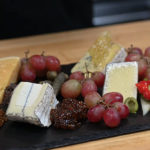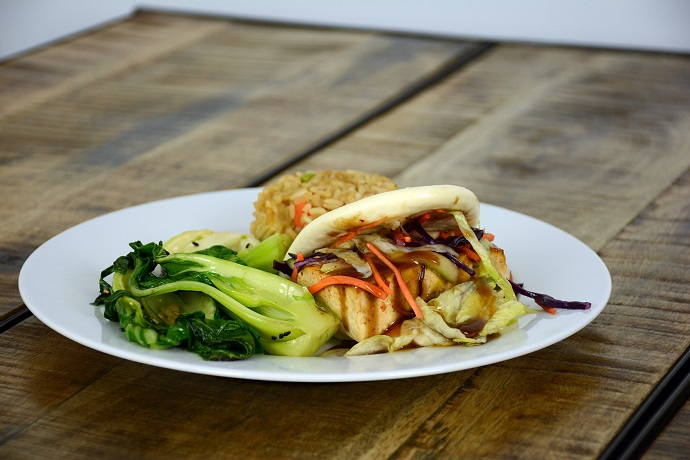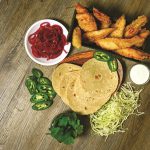Vietnam is a largely coastal, mountainous country with many inland waterways, tropical lowlands, and heavily forested highlands. Once wreaked by the havoc of the Vietnam War, it’s now a popular destination for foodies and wanderlusters alike.
The Diet and Popular Dishes Major Vietnamese protein sources are chicken, egg, pork, seafood, and tofu. The Vietnamese prefer to purchase their meat and poultry at wet markets, rather than supermarkets. The lowlands provide freshwater fish and shellfish, as well as eels, frogs, snails, and mud crabs. A common preparation for fish or shellfish is to steam or grill it before dipping it in a tangy mixture of salt, pepper, and lime juice.
Fresh fruits and vegetables are abundant in Vietnam, so produce like bananas, bean sprouts, coconut, dragonfruit, eggplant, jackfruit, mango, mung beans, papaya, peanuts, pineapple, spring onions, starfruit, tamarind, and watermelon feature heavily in the country’s cuisine.
Also heavily featured is rice. Though they prefer jasmine rice, the Vietnamese also enjoy rice in the form of glutinous rice, sticky rice, various rice noodles, and spring roll wrappers.
Vietnamese cuisine is based on a balance of sweet, salty, sour, and spicy. Nuoc mam, a fermented fish sauce, flavors most Vietnamese dishes. The Vietnamese use a number of additional spices and seasonings, most prominently: basil, ginger, cilantro, coconut milk, galangal, garlic, hot chiles, lemongrass, lime, mint, and rice vinegar.
Popular dishes rely heavily on rice, veggies, and broth flavored with the proteins and spices above. Pho (noodle soup with thin-sliced protein), banh mi (a baguette sandwich with protein and pickled veggies), bun cha (grilled pork with rice noodles), and spring rolls (protein and veggies wrapped in rice paper) are well-known even in the West. Also popular are and variations on rice cakes and broken rice.
Meal Practices and Eating Traditions In a pinch, you can pull together a Vietnamese meal with a skillet, a saucepan, and a steamer. It’s also helpful to have a wok, a spice grinder, food processor, a mortar and pestle, a mandoline, and a rice cooker.
A typical Vietnamese meal includes many raw vegetables at the table, as well as fresh herbs as a self-serve accompaniment. It’s traditional to serve several shared dishes, rather than plating individual helpings, and chopsticks are used. Chilled green tea and jasmine tea are often served alongside meals, and iced milk coffee is very popular.
On special occasions, Vietnamese families may serve lotus blossom tea. Additionally, they may serve rice wine—many Vietnamese families still make their own!
Fun Fact In Vietnam, unripe fruits like green mango are often treated like vegetables. They might serve as a base for salads (equivalent to lettuce) or as a side dish.








